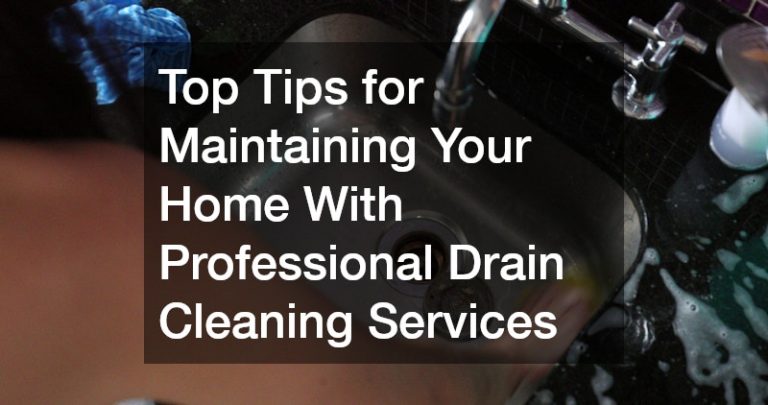

- Proper ventilation in the attic, through soffit and ridge vents, prevents moisture and reduces heat buildup.
- Installing foam closure strips prevents pests and debris from entering through corrugated roofing gaps.
- Regular roof inspections and maintenance extend its lifespan and prevent costly future repairs.
- Homeowners can perform many roof maintenance tasks, but professional help may be needed for installation tasks.

Your roof is one of the most essential parts of your home, protecting you and your family from the elements. However, many homeowners neglect regular maintenance, leading to costly repairs down the line. The good news is that there are simple and inexpensive ways to protect your roof and extend its lifespan. This blog will discuss easy tips to help you keep your roof in top condition without breaking the bank.
Clean Gutters Regularly
Clogged gutters can lead to water pooling on your roof, causing damage over time. Make sure to clean your gutters at least twice a year, especially in the fall when leaves are falling. Here are the four easy steps to cleaning gutters:
Wear Protective Gear
Wearing gloves, long sleeves, and safety goggles is essential to protect yourself from debris and potential pests living in the gutters. You can also use a ladder stabilizer to prevent the ladder from damaging your gutters.
Scoop Out Debris
Using a small garden trowel, scoop out any debris and leaves from the gutters. Place the debris in a bucket or bag for easy disposal. You can also use a high-pressure hose to flush out smaller debris.
Check Downspouts
Make sure that the downspouts are not clogged by running water through them. You can also use a plumber’s snake or a long broom handle to clear any blockages. Additionally, consider installing gutter guards to prevent debris from building up.
Use a Garden Hose
After removing most of the debris, use a garden hose to flush out any remaining dirt and small particles. This will also help you identify any leaks or holes in the gutters. You can use a sealant or patch kit to fix any minor issues.
Cleaning gutters regularly not only helps protect your roof but also prevents potential water damage to your home’s foundation. You can also consider hiring a professional to clean and inspect your gutters if you are not comfortable doing it yourself.
Trim Overhanging Branches

Trees near your home can pose a risk to your roof during storms or high winds. Trim back branches that overhang your roof to prevent them from falling and causing damage. This simple step can help protect both your roof and the trees themselves. You may need to hire a professional tree trimming service for larger or hard-to-reach branches.
Inspect for Damage
Regularly inspecting your roof for signs of damage can help catch issues early before they become significant problems. Look for lost or damaged shingles, leaks, or cracks. If you notice any problems, make repairs promptly to avoid further damage. Additionally, consider hiring a professional roofing contractor to conduct a more thorough inspection at least once a year.
Seal Leaks
Even small leaks can lead to significant damage if left unaddressed. Check for leaks around vents, chimneys, and skylights regularly and seal them with roofing cement or silicone caulk as needed. Taking care of leaks promptly can prevent water damage inside your home. This is especially important in areas with frequent rain or snow.
Install Proper Ventilation
Proper ventilation is crucial for maintaining a healthy roof by preventing moisture buildup and reducing heat buildup in the summer months. Make sure your attic has sufficient ventilation by installing soffit vents, ridge vents, or attic fans as needed. You may need to hire a professional for this task if you are not comfortable working on your roof.
Use Foam Closure Strips
Foam closure strips are a simple and cost-effective way to prevent insects, rodents, and debris from entering your roof through the gaps created by corrugated roofing. These strips fit between the ridge cap and panels to create a tight seal, protecting your roof from potential damage. Choose a foam closure strip that is compatible with your type of roofing material for the best results. This will ensure your roof remains sturdy and free from pests and debris.
Maintaining your roof in top condition is crucial for ensuring the longevity and safety of your home. By performing regular inspections, sealing leaks, installing proper ventilation, and using foam closure strips, you can protect your roof against common issues and extend its lifespan.
While some tasks may require professional assistance, many maintenance actions can be completed by homeowners with a bit of know-how and the right tools. Remember, a little prevention goes a long way in avoiding costly repairs down the line. Keep your roof well-maintained, and it will continue to protect your home for years to come.






